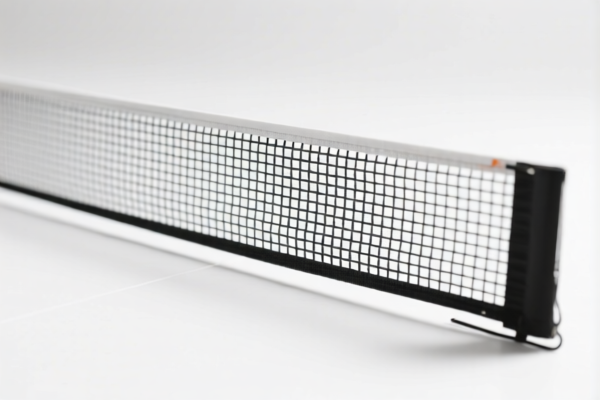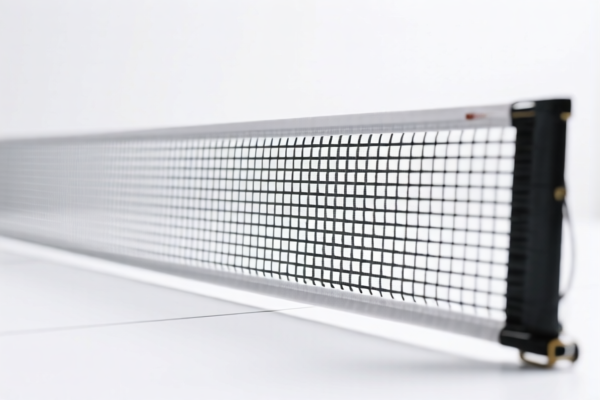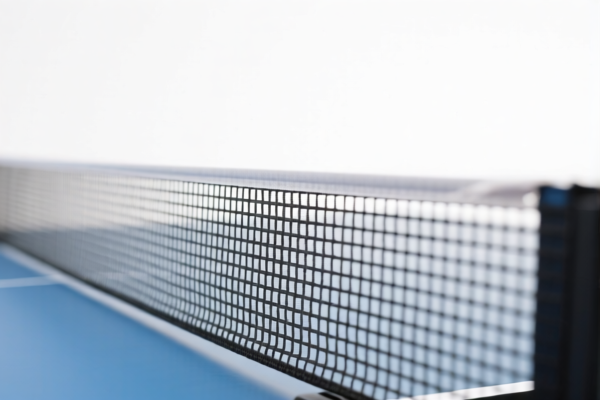| HS Code | Official Doc | Tariff Rate | Origin | Destination | Effective Date |
|---|---|---|---|---|---|
| 9506400000 | Doc | 35.1% | CN | US | 2025-05-12 |
| 9506696020 | Doc | 42.4% | CN | US | 2025-05-12 |




Table Tennis
Table Tennis, also known as ping-pong, is a sport played with lightweight rackets and a small, hollow plastic ball. Players hit the ball back and forth across a table divided by a net, attempting to score points by making the opponent unable to return the ball legally.
Material
- Table: Typically constructed from wood composite materials, often with a melamine resin coating. Standard dimensions are 2.74 m (9 ft) long, 1.525 m (5 ft) wide, and 76 cm (30 in) high.
- Ball: Traditionally made of celluloid, modern balls are generally made of plastic, specifically polypropylene or ABS plastic. Diameter is 40mm.
- Racket (Paddle): Composed of a wooden blade covered with rubber on one or both sides. Rubber types vary significantly, influencing spin and speed. Blades are typically made of plywood.
- Net: Usually made of nylon or similar synthetic material.
Purpose
The primary purpose of table tennis is to outmaneuver an opponent by strategically hitting the ball in a manner that they cannot legally return it. This involves controlling ball speed, spin, and placement.
Function
- Offensive Play: Generating powerful shots with topspin to overwhelm the opponent.
- Defensive Play: Blocking or chopping shots to return the ball with control and disrupt the opponent's rhythm.
- Spin Control: Utilizing different strokes to impart various types of spin (topspin, backspin, sidespin) to influence the ball's trajectory and bounce.
- Placement: Directing the ball to specific areas of the table to exploit opponent weaknesses or create difficult returns.
Usage Scenarios
- Recreational Play: A popular pastime for individuals of all ages and skill levels.
- Competitive Play: Organized tournaments and leagues at local, national, and international levels.
- Physical Exercise: Provides a good cardiovascular workout and improves reflexes, hand-eye coordination, and agility.
- Social Activity: Often played in community centers, schools, and clubs as a social interaction.
Common Types
- Shakehand Grip: The most common grip, resembling a handshake. Offers versatility in both forehand and backhand strokes.
- Penhold Grip: Less common, resembling holding a pen. Allows for powerful forehand strokes but can be more challenging for backhand play. Variations include Chinese Penhold and Japanese Penhold.
- Defensive Styles: Characterized by chopping and blocking, focusing on returning the ball with control and consistency.
- Offensive Styles: Emphasize powerful attacking shots with topspin, aiming to win points quickly.
- All-Around Styles: A balanced approach combining offensive and defensive techniques.
Articles and equipment for table-tennis, and parts and accessories thereof fall under the following classifications:
-
9506.40.00.00: This HS code covers articles and equipment specifically for table-tennis, including all parts and accessories. The base tariff is 5.1%, with no additional tariff currently, but a 30.0% additional tariff will be applied after April 2, 2025, resulting in a total tariff of 35.1%.
-
9506.69.60.20: This HS code covers balls, other than golf balls and table-tennis balls, classified as 'Other' within the broader category of articles and equipment for general physical exercise, gymnastics, athletics, or outdoor games. The base tariff is 4.9%, with an additional tariff of 7.5% currently, and a 30.0% additional tariff after April 2, 2025, resulting in a total tariff of 42.4%.
According to the provided reference material, the HS code options related to 'TABLETENNIS' are limited, with only the following 2 found.
Customer Reviews
No reviews yet.